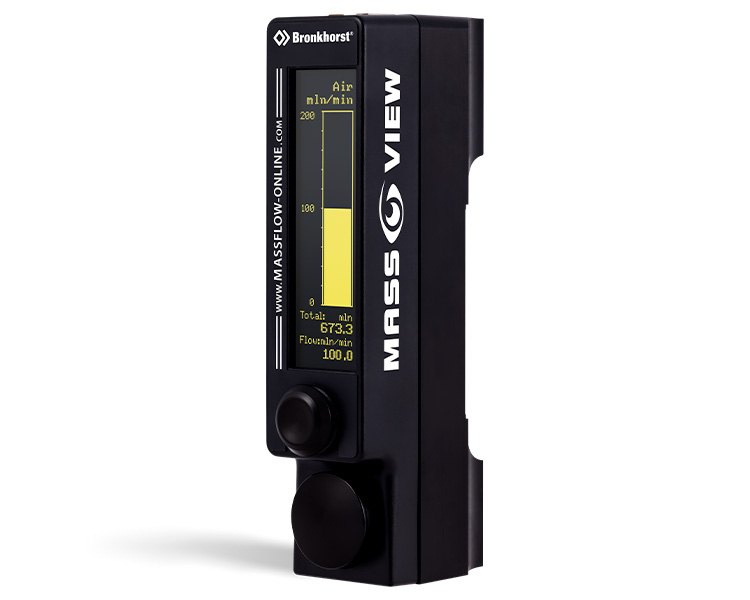Fermentation for wine production with MASS-VIEW mass flow meters
Understanding CO2 Production in Grape Fermentation
 Digital Area Flow Meter MV-102When grapes undergo fermentation in a tank, CO2 gas is produced as a natural byproduct. The quantity of CO2 generated during this process is crucial because it reflects the kinetics of the wine manufacturing process. Let’s delve deeper into this fascinating phenomenon.
Digital Area Flow Meter MV-102When grapes undergo fermentation in a tank, CO2 gas is produced as a natural byproduct. The quantity of CO2 generated during this process is crucial because it reflects the kinetics of the wine manufacturing process. Let’s delve deeper into this fascinating phenomenon.
The Fermentation Process and CO2 Emission
- Fermentation: During winemaking, grape juice is transformed into wine through the process of fermentation. Yeast consumes the sugars in the grape juice, converting them into alcohol and releasing CO2 as a result.
- CO2 Production: As yeast cells metabolize sugars, they release CO2 gas. This effervescence is essential for various reasons:
- Carbonation: CO2 contributes to the carbonation in sparkling wines.
- Pressure: The buildup of CO2 pressure inside the fermentation vessel affects the wine’s flavor and texture.
- Monitoring: Measuring the CO2 flow rate helps winemakers understand the progress of fermentation.
Role of MASS-VIEW® Flow Meters
The MASS-VIEW® model M-102 is an ideal solution for monitoring CO2 flow rates during grape fermentation. Here’s why:
- Precision: It accurately measures flow rates in the range of 0-2 ln/min CO2.
- Low Pressure Loss: The flow meter has a minimum pressure drop, ensuring efficient wine production.
- Local Indication: Winemakers can easily observe the CO2 flow rate directly on the meter.
- Data Recording: The MASS-VIEW® flow meter has an electronic output data for analysis and quality control.
In summary, understanding CO2 production during grape fermentation is vital for crafting exceptional wines, and the MASS-VIEW® flow meters plays a crucial role in this process. 🍇🍷
| MASS-VIEW meters | CO2 flow range |
|---|---|
| MV-102 | 20 .. 2000 mln/min |
| MV-104 | 0.04 .. 20 ln/min |
| MV-106 | 0.4 .. 200 ln/min |
| MV-108 | 1 .. 500 ln/min |


